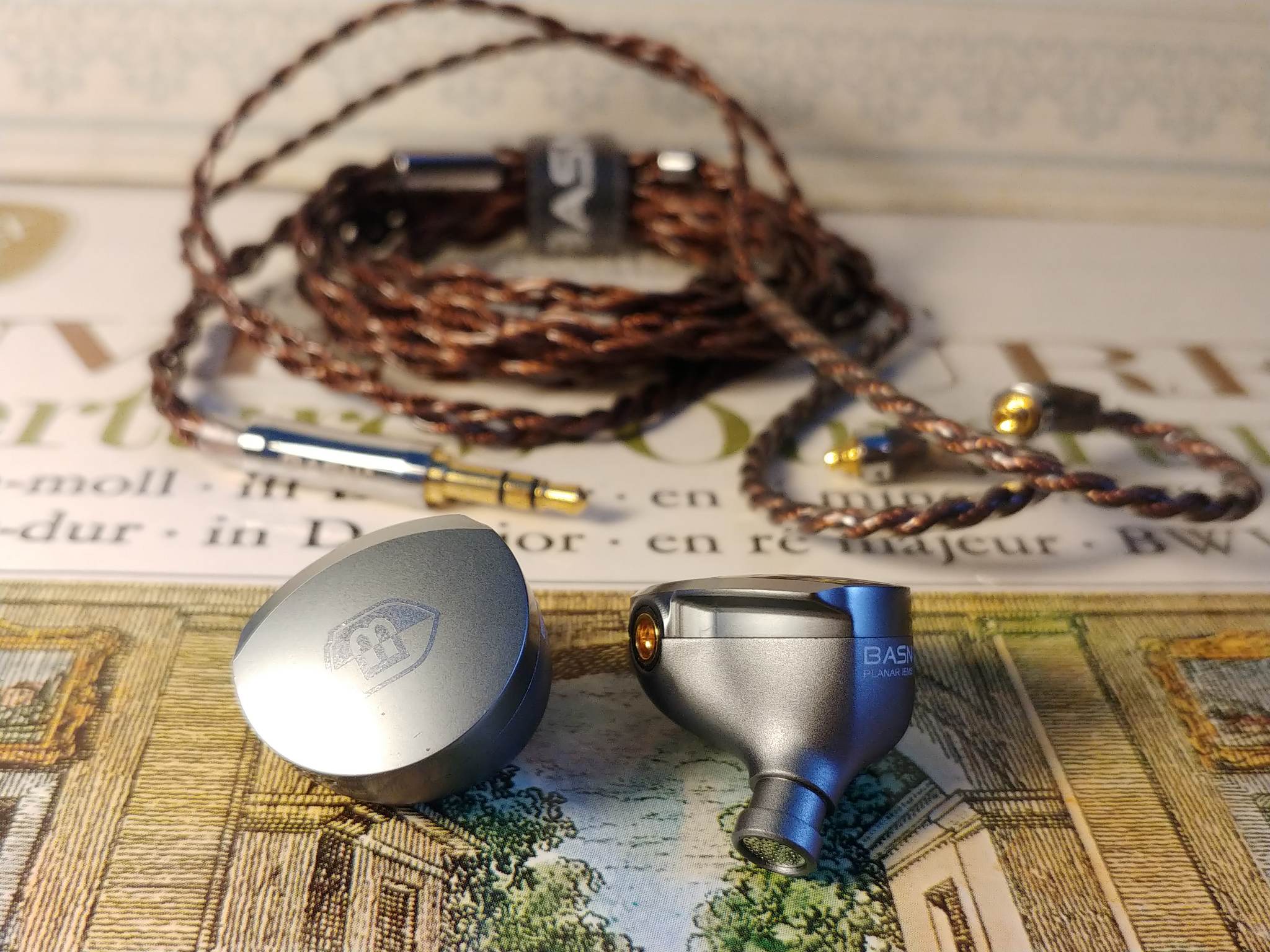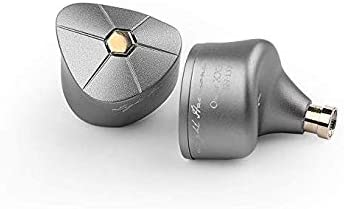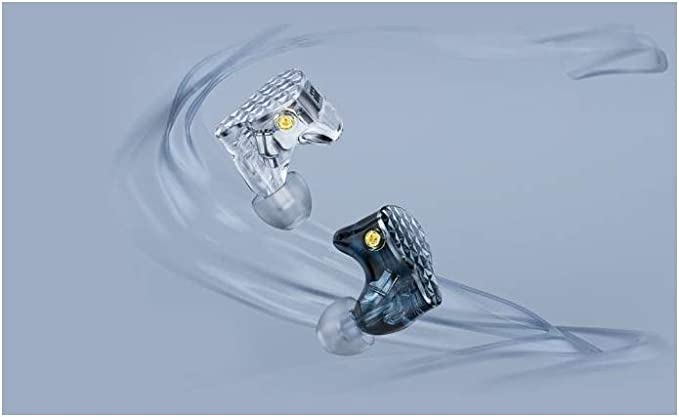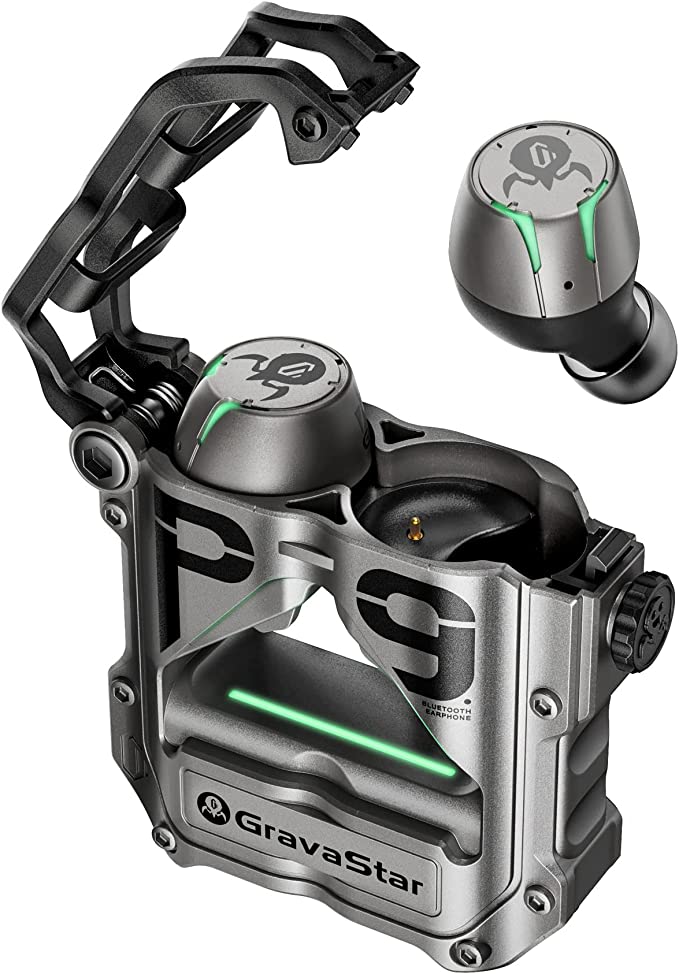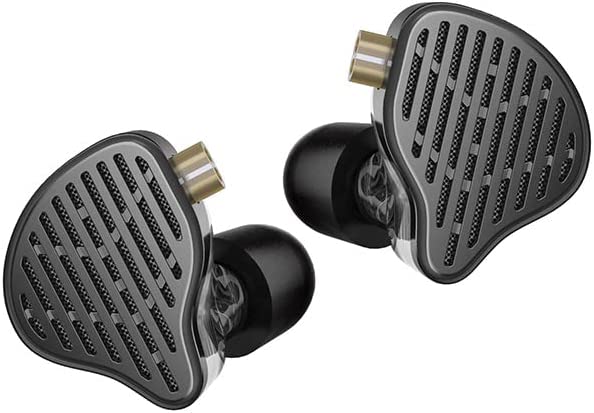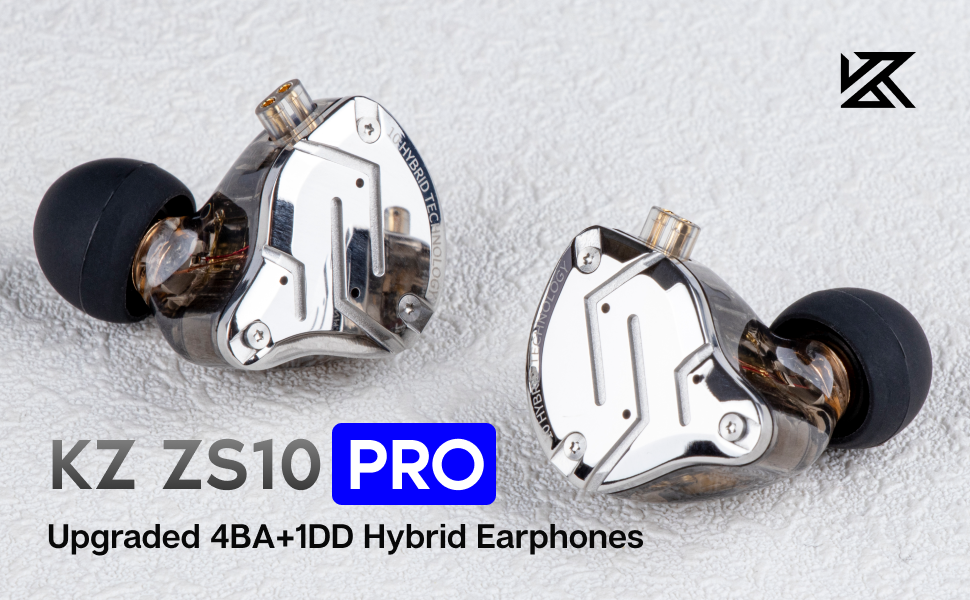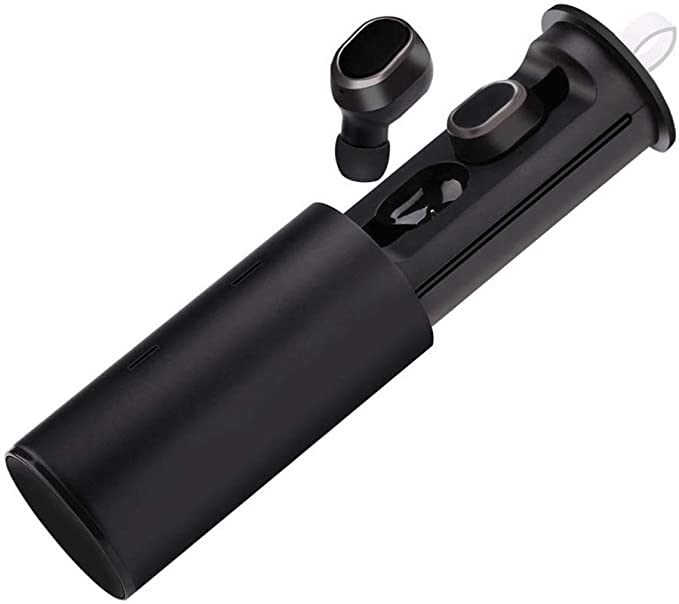The 10-Driver IEM: A Guide to Crossovers, Tuning Switches, and Acoustic Vents
Update on Nov. 14, 2025, 7:44 a.m.
In the world of high-fidelity audio, In-Ear Monitors (IEMs) have become a focal point for extreme engineering. We’ve seen a “driver war” escalate, moving from a single driver to two, three, and now, to staggering numbers like ten drivers per ear. This immediately begs the question: is this just a marketing gimmick, or is there a genuine acoustic purpose behind this complexity?
The answer is that in a high-end audiophile design, the driver count isn’t the goal; it’s the result of an engineering philosophy. That philosophy is hyper-specialization.
To understand this, we’ll deconstruct the engineering of a prime example: the Night Oblivion Butastur 10BA In-Ear Monitor. A $600 device like this isn’t just a pair of earphones; it’s a sophisticated acoustic system. Its value lies not in the number of drivers, but in how they are commanded, housed, and controlled.
1. The Orchestra: Why 10 “Specialist” Drivers?
Asking one driver to reproduce the entire 10-octave range of human hearing—from the 20Hz rumble of a pipe organ to the 20kHz shimmer of a cymbal—is like asking a single musician to play the violin, the cello, and the tuba simultaneously. It can be done, but compromises are inevitable.
High-end IEMs solve this by creating a miniature orchestra. They use different types of drivers, each a “specialist” for its own frequency range. The Butastur uses ten Balanced Armature (BA) drivers. * BA Drivers: Originally from the hearing aid industry, BAs are prized for their microscopic size and incredible speed. They are “specialists” that excel at clarity and detail, but a single BA has a narrow effective frequency range.
To build its “orchestra,” Night Oblivion didn’t just grab ten identical drivers. It curated a “dream team” from two different, highly-regarded manufacturers: * Lows (Bass): 2 Sonion drivers, a brand renowned for its rich, powerful BA bass drivers. * Mids & Highs: 8 Knowles drivers (2 for mid-low, 4 for mid-high, 2 for ultra-high), a brand that is the industry standard for midrange clarity and treble extension.
This is not a 10-person “choir”; it is a 10-piece “chamber orchestra” with distinct sections.
2. The Conductor: The 3-Way Crossover
Simply wiring 10 drivers together would create chaos. You need a “conductor” to tell each driver which notes to play. This is the job of the 3-way crossover.
A crossover is a sophisticated electronic filter circuit inside the earpiece. It takes the full music signal and splits it into three distinct bands:
1. Low Frequencies: Sent only to the 2 Sonion bass drivers.
2. Mid Frequencies: Sent only to the 6 Knowles mid-range drivers.
3. High Frequencies: Sent only to the 2 Knowles ultra-high drivers.
This division of labor is the most critical aspect of a multi-driver IEM. It ensures that the ultra-high-frequency “tweeters” are never asked to produce deep bass (which they can’t), and the “woofers” are never burdened with reproducing delicate highs. This dramatically reduces distortion and allows each driver to operate in its “sweet spot,” resulting in the “well balanced sound signature” the manufacturer is aiming for.

3. The Breathing Room: The Acoustic Vent
A significant problem for many IEM users is physical discomfort. A perfect, airtight seal—while necessary for passive noise isolation—can create a “pressure buildup” in the ear canal. This “plugged” feeling can be fatiguing and uncomfortable.
The Butastur features a highly innovative solution: an “air pressure balanced vent”. This isn’t just a simple bass port. It’s an acoustic-mechanical system described as “110dB balanced pressure relief technology.” * For Comfort: It “effectively eliminates pressure build up,” ensuring long-term wearing comfort. * For Hearing Protection: The design claims to “drain away” sound pressure above 110dB, particularly in the deep bass, to protect the ear from sudden, damaging sound spikes. * For Sound: It also serves an acoustic purpose, acting as a “natural air pressure reserve” to deliver a more “natural lower mid and bass resonance.”
This is a high-level piece of engineering that addresses comfort, safety, and sound quality all in one feature.

4. The Control Panel: Tuning Switches and Modular Cables
A high-end IEM is sensitive. It’s a “reference type” monitor, meaning it will ruthlessly reveal the character of your music source. As the manufacturer notes, “If you have a leaner sounding source the Butastur will sound lean and neutral.”
Instead of locking you into one sound, this system gives you the controls.
* Tuning Switches: Two physical switches on the IEM shell allow you to apply a “mild boost” to the bass or the treble, letting you “season” the sound to your taste.
* Modular 3-in-1 Cable: The included cable (a high-purity 6N Litz Copper cable, designed for signal integrity) features an interchangeable plug system. This is crucial for audiophiles. It includes:
* 3.5mm (Single-Ended): The standard plug for phones, laptops, and most portable players.
* 2.5mm & 4.4mm (Balanced): The “pro” standard for high-end digital audio players (DAPs) and amplifiers. A balanced connection provides a cleaner, more powerful signal with no crosstalk between channels.
Conclusion: The Sum of the Parts
When you see a 10-driver, $599 IEM, it’s easy to get fixated on the number. But the reality of audiophile engineering is far more complex.
The value of a device like the Night Oblivion Butastur lies not in the number of drivers, but in the total system built around them: a curated team of specialized Sonion and Knowles drivers, a sophisticated 3-way crossover “conducting” them, an advanced acoustic vent for comfort and safety, and a full suite of user controls (switches, modular plugs) that allow you to shape the final sound.
This is what defines a modern, high-end IEM: not just a collection of parts, but a complete, holistically-engineered acoustic system.








